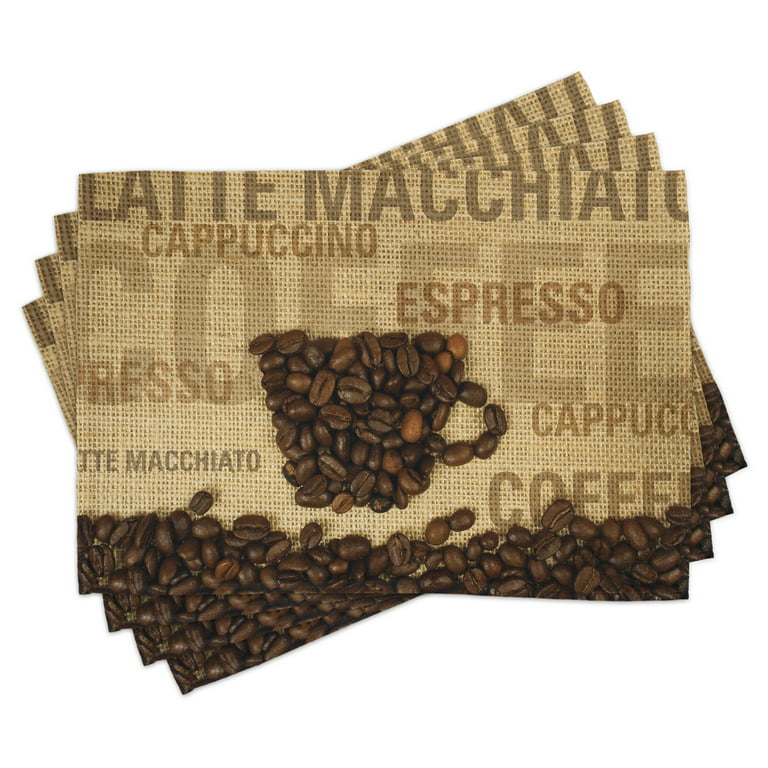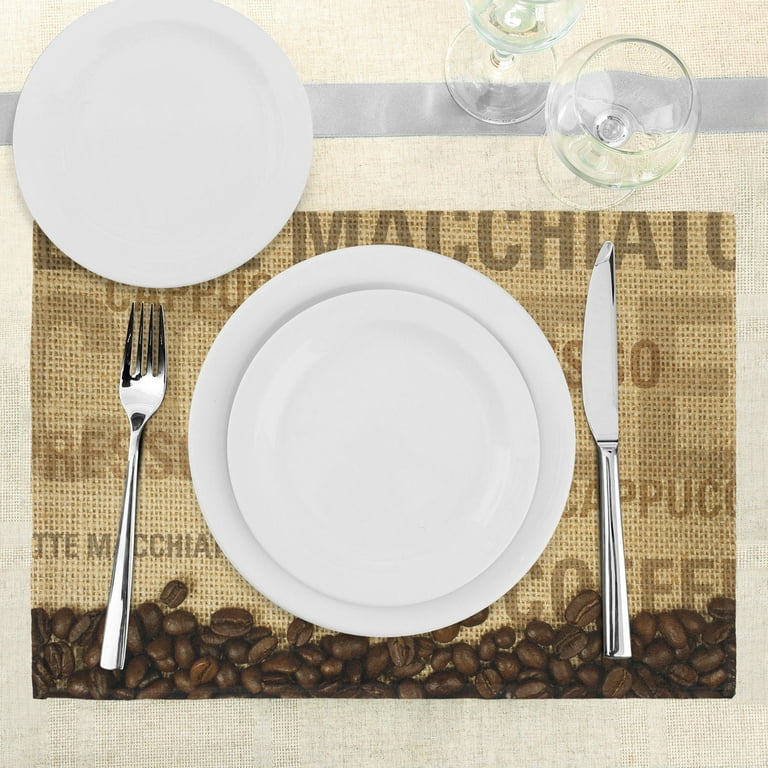Everything about Top News Sites
Everything about Top News Sites
Blog Article
Some Known Facts About Unique Art.
Table of ContentsAll About Unique ArtNot known Details About Unique Art All about Unique ArtThe Basic Principles Of Unique Art
While one could question which art type holds priority, the truth stays that each of these 7 types offers an one-of-a-kind home window right into human background, society, and evolution. They are the tapestries that chronicle our journey, advising us of our past while inspiring visions for the future.Great art work informs a story, makes individuals look two times, and produces a distinct experience that can't be matched. Art and pictures communicate every one of that with color, shape and other design aspects. Find out exactly how to make your distinct art work attract attention from the group.
To bring also much more drama, he prolonged the paint. The contours, along with a round sconce, soften the sides. Frames vintage posters and maps of cherished locations set the scene.
8 TRIA GIOVANEqual parts grand and laidback, this foyer made by Anthony Baratta is the ideal plan to follow if you're enhancing a formal entryway that still really feels unfussy and comfy. Formed fabrics take facility phase (see the carpetings and the sofa), but they additionally help bring the high ceilings to a human range when hung over wallpaper.
What Does Unique Art Mean?
18 Heidi Caillier DesignA gallery wall surface doesn't require to take up the whole area. Actually, often a tiny one can make a bigger design statement. In this living area, Hiedi Caillier selected micro-mini frameworks and an arbitrary composition. Advertisement - Continue Analysis Below19 Stephen Kent JohnsonDesigner Juan Carretero chose for a deep eco-friendly paint color to comparison with the light wood surfaces.
The components of this languageits forms, lines, colours, tones, and texturesare utilized in various ways to create feelings of volume, room, activity, and light on a level surface. These aspects are incorporated into meaningful patterns in order to stand for actual or mythological phenomena, to analyze a narrative style, or to develop entirely abstract visual relationships.
Later the idea of the "fine artist" created in Asia and Renaissance Europe. Popular painters were managed the social standing of scholars and courtiers; they authorized their job, determined its layout and usually its subject and images, and developed a much more personalif not always amicablerelationship with their patrons. Throughout the 19th century painters in Western societies started to shed their social setting and safe patronage.
Things about Unique Art
Others earned an income through touring exhibits of their job. The requirement to interest an industry had replaced the similar (if much less impersonal) demands of patronage, and its effect on the art itself was probably comparable as well. Unique Art. Generally, artists in the 20th century could reach a target market just via industrial galleries and public museums, although their job may have been occasionally duplicated in art periodicals
For a conversation of the bogus of masterpieces, see bogus. get more For a conversation of the function of paint and other arts in religious beliefs, in addition to of the use of spiritual signs in art, see religious meaning and iconography. For information on other arts associated with painting, see posts such as drawing; individual art; printmaking. It is the sense of inevitability in this formal company that provides a wonderful painting its self-sufficiency and presence. The colours and placing of the primary pictures in a design might be in some cases mostly made a decision by representational and symbolic factors to consider. Yet it is the formal interaction of colours and forms that alone is capable of connecting a particular mood, generating optical sensations of area, Continue volume, motion, and light and producing pressures of both harmony and tension, even when a paint's narrative meaning is rare.
Do not duplicate the style of other musicians if you're searching for your style. Copying various other people's art work can be wonderful in instructional objectives yet it will certainly not make you closer to finding your own special style. Your creative style needs to be, what you such as and what motivates you.

The Only Guide to Unique Art
You require to try great deals of different choices and explore every little thing before you can concentrate on one certain design or you'll be tired, or worse, you'll dislike your very own design. I recommend you to attempt every solitary topic that you're interested in, explore as much as you can. Attempt different tools that excite you and new strategies you have the original source actually never tried prior to.
With time you'll have the ability to sort all of them into your favored and the very least preferred groups. Try to focus your attention on the topics and tools that you like and before you see it coming you'll have your very own personal and unique style, like no one else have! In the end you'll have a few favorite topics to paint and possibly a few preferred tools.

Report this page